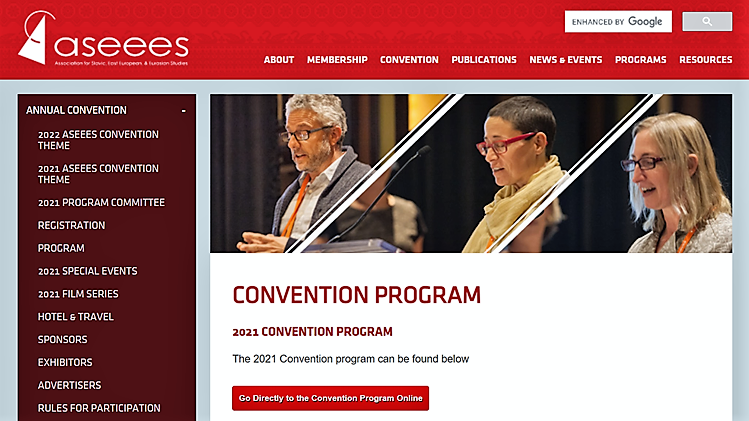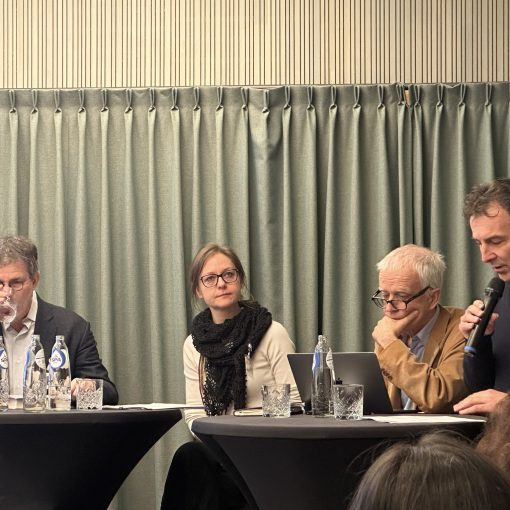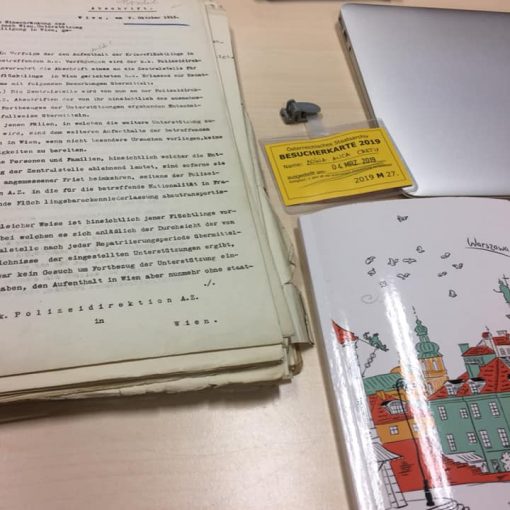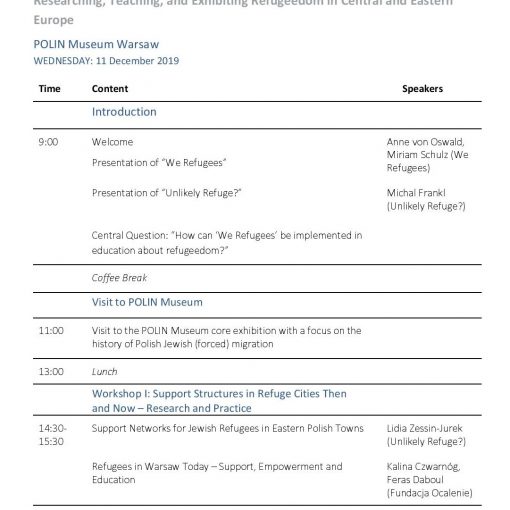Michal Frankl and Lidia Zessin-Jurek (ERC Project Unlikely Refuge?) participated in the 53rd ASEEES Annual Convention, New Orleans + Virtual (Association for Slavic, East European, and Eurasian Studies). In their virtual panel, titled “From Borderland to No Man’s Land: Jewish Refugees and Statelessness on the Demarcation Line of German-Occupied Poland” (Dec. 1, 2021), they presented – together with Wolfgang Schellenbacher (Documentation Centre of Austrian Resistance) – the different faces of no man’s land in 1939 German-occupied Poland. Natalia Aleksiun (Touro College) acted as the panel’s moderator and commentator.
The panel zoomed in on a relatively narrow territory and a short time span in order to shed light on broader phenomena: the three papers examined the interconnected subjects of expulsions, deportation and border policies in the Eastern part of Nazi-occupied Poland, along the new borders with Lithuania and the Soviet Union in 1939-1940. The speakers weaved together the so far disconnected stories which all took place in spatial and temporal proximity: the new types of violence that were tried on the German-Soviet border and the responses of Jewish refugees to them (Lidia Zessin-Jurek), the no man’s land between the Nazi occupied Suwałki region and Lithuania (Michal Frankl) and the fates of Austrian Jews deported to Nisko and roaming along the German-Soviet demarcation line (Wolfgang Schellenbacher). The papers examined situations in which new, uncertain borders and the absence of state authority interlace with forced migration of Jews and provide a new perspective on the relationship of state, space and forced migration or deportation. The physical no man’s land between the borders was only an extreme expression of the general lawlessness and the lack of social hierarchy. The papers explored the transformation from multiethnic borderlands to no man’s land; analyse the agency of refugees, their strategies and the ways in which they co-produced this fluid space. They also provided a critical look at testimony and the ability to narrate unsettled, stateless situations and spaces.
For the conference program, please click here.




